Phonics
Welcome To Our Phonics Page:
We teach reading through an approach called Sounds-Write Phonics which teaches linguistic phonics. Linguistic phonics is synthetic phonics that challenges children in a fun way.
The rationale for linguistic phonics is that children are taught to understand the relationship between spoken language and written words right from the beginning – they don’t learn sounds in isolation. It starts with what the children naturally acquire, spoken language, and teaches them the relationship between sound-spelling correspondences. This gives the children the opportunity to learn in a kinaesthetic way.
Teaching children to read through linguistic phonics allows them to develop their decoding skills; this supports children in learning to blend graphemes (letters) for reading, segment phonemes (sounds) for spelling and manipulate phonemes (sounds) to develop accuracy in reading and spelling. Linguistic phonics teaches the concept that all sounds can be spelled. We therefore do not promote silent letters, magic letters or memorising whole words by sight.
All of our teachers received training to deliver the Sounds-Write phonics programme and some of our teaching assistants will be starting their training in September, which will enhance our highly trained team to support the children’s progress throughout their primary education. Sounds-Write takes children through systematic, incremental steps to teach the 44 sounds in the English language and their multiple spellings.
In the Early Years Foundation Stage, children study the Initial Code. This teaches them the concept of one sound, one spelling. They begin with CVC words (consonant, vowel, consonant e.g. dog, mum, big). When all single-letter sound-spelling correspondences are taught, they discuss double consonant spellings (e.g. pull, miss, buzz). Once children understand the concept of two letters representing one sound, they are exposed to spellings with two different letters (e.g. ch in chip, sh in ship). As the programme progresses children learn to read and write words that follow the structure of VCC, CVCC, CCVC, CCVCC, CCCVCC, CCVCCC etc. such as ‘old,’ ‘pink,’ ‘crisps’ etc.
In Key Stage One, children learn the one, two, three and four letter spellings of sounds. This is called the Extended Code. They learn the concept that one sound can be represented by multiple spellings. For example, the first spellings of the /ae/ sound are included in rain, in play, in steak and in cake. They also learn the concept that one spelling can represent multiple sounds.
Running parallel to the Extended Code is the application of phonics at the polysyllabic level. In Key Stage Two, children are explicitly taught strategies to read and spell words with 2 or more syllables. This stage is essential as an estimated 80% of words in the English language are polysyllabic. Polysyllabic words begin at the Initial Code level with compound words such as ‘backpack’ and ‘jumping’ before moving on to words with Extended Code spellings and 2, 3, 4, 5 or 6 syllables.
